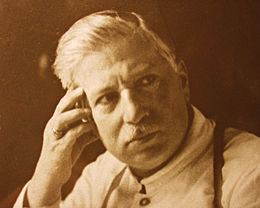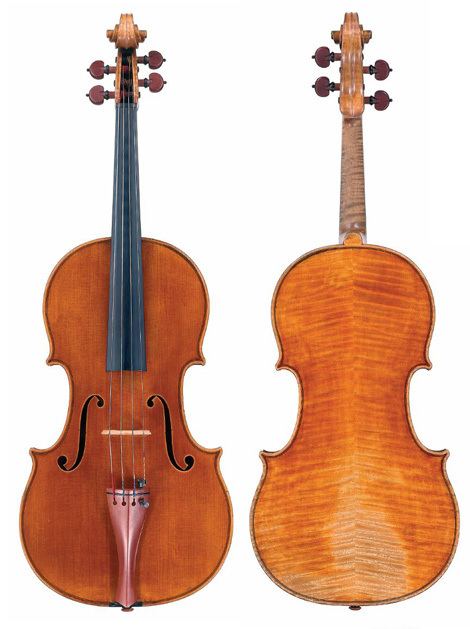Name Giuseppe Fiorini | ||
 | ||
Raffaele e giuseppe fiorini la rinascita della liuteria bolognese
Giuseppe Fiorini (1861–1934) was an Italian luthier and is considered one of the most important Italian violin makers. He built his first instrument at the age of 16 while working in Bologna. He established Rieger and Fiorini in Germany from 1888, then lived in Zurich during World War 1 and Rome from 1923.
Contents
- Raffaele e giuseppe fiorini la rinascita della liuteria bolognese
- Il cupido di giuseppe fiorini sbanca al sigep di rimini
- Early life and education
- Bologna
- Germany
- Switzerland
- Rome
- Reputation
- Teaching
- Death
- Honours
- References
He donated the workshop tools, templates and drawings of Stradivarius to the City of Cremona.

He was honoured with a knighthood (Cavaliere) in 1927.

Il cupido di giuseppe fiorini sbanca al sigep di rimini
Early life and education

Fiorini was born at Bazzano, Emilia-Romagna, the son and pupil of influential violin maker - Raffaele Fiorini. He built his first instrument at the age of 16 and worked in Bologna, from 1877 to 1888.
Bologna
Fiorini worked in Bologna, from 1877 to 1888. He ran his own violin studio in 'via Santo Stefano', and obtained mentions at various exhibitions. He won a prize at the Milano Exhibition of 1888, and the same year received the 'Gran medaglia d'oro' at the International Music Exhibition of Bologna.
Germany
In 1888, having married the daughter of Andreas Rieger, musical instrument maker, he moved to Munich and established the firm "Rieger and Fiorini" (1889–1914). He established himself in Germany, such that he was a founder of the German Violin-Makers' Society, and served as President for several years.
Switzerland
From 1915 until 1923 he lived and worked in Zurich,
Rome
In 1923 he settled in Rome. From 1925 his sight started to fail.
Reputation
By 1926 Fiorini had built 500 violins, 10 violas, and 10 cellos in the Stradivarian style, but with the individuality not to be simple replicas. He carefully examined the violins of Stradivari, using both the original diagrams and tools.
He received medals at Exhibitions in Europe and America.
He enjoyed personal friendships with Royalty, patrons of art, and eminent virtuosi in Italy, France, Germany, and Russia, plus contributed articles to journals.
Teaching
Fiorini was a leading personality of the international violin world, and an innovator of the technical and aesthetic aspects of the profession.
In 1920 he bought Antonio Stradivari's workshop templates, tools, original drawings and models from the Marchesa dalla Valle di Pomaro, an heir of the Count Ignazio Alessandro Cozio di Salabue. He then he donated the whole collection to the City of Cremona to found a lutherie school.
Fiorini is considered one of Italy's great masters of the 20th century. He was one of the best of the violin makers in Italy at the beginning of the 20th century, and part of a renaissance of violin making in Italy which was nearly a lost art.
Among his pupils were Ansaldo Poggi, Simone Fernando Sacconi, Paolo Morara, Wolfgang Türcke-Bebié, Giuseppe Castagnino, Pietro Messori and Arrigo Tivoli-Fiorini.
Death
Fiorini died in Munich in 1934.
Honours
Fiorini was honoured with a knighthood (Cavaliere) in 1927.
